
马特是真名,历史文化探访者,个人网站www.tiexiuyugudao.com,微信公号:斗量之海。
I would like to call Tianjin the red and black of North China with a high adult sense of humor.
I went to Tianjin for two days on an impromptu trip. It is a very charming and strange city. There are no good people in the docks and markets. Tianjin Wei gangsters have always been known for their bravery and ruthlessness. Tianjin is also one of the political and diplomatic centers in the north in modern times. , the legacy of the former Qing Dynasty, Beiyang bosses, revolutionary groups, forces from various countries, it’s so exciting.
However, for such a city full of red and black temperament, what impresses the public most today is the street food and the comedy-rich accent. One of the more difficult things for foreign tourists is to keep from laughing while listening to the Tianjin dialect spoken around them. It seems that Tianjin is very similar to Italy, which has left a strong mark on this city. It feels like an elegant mafia wearing a haute couture suit speaking a weird hometown dialect and cooking you his aunt's specialty food.
I have been to Tianjin several times before to visit friends, but probably because it is so close to Beijing, I never thought of taking a serious tour. Many people will be confused when they first encounter Tianjin. There are too many old buildings worth seeing in this city and they are very scattered. They don’t know where to go. In fact, the easiest way is to look at old maps. For ordinary tourists, looking at old maps is not to look for specific buildings, but to understand the structural layout of the city. The simplest and clearest way to play in Tianjin is to follow the structural layout of the city.
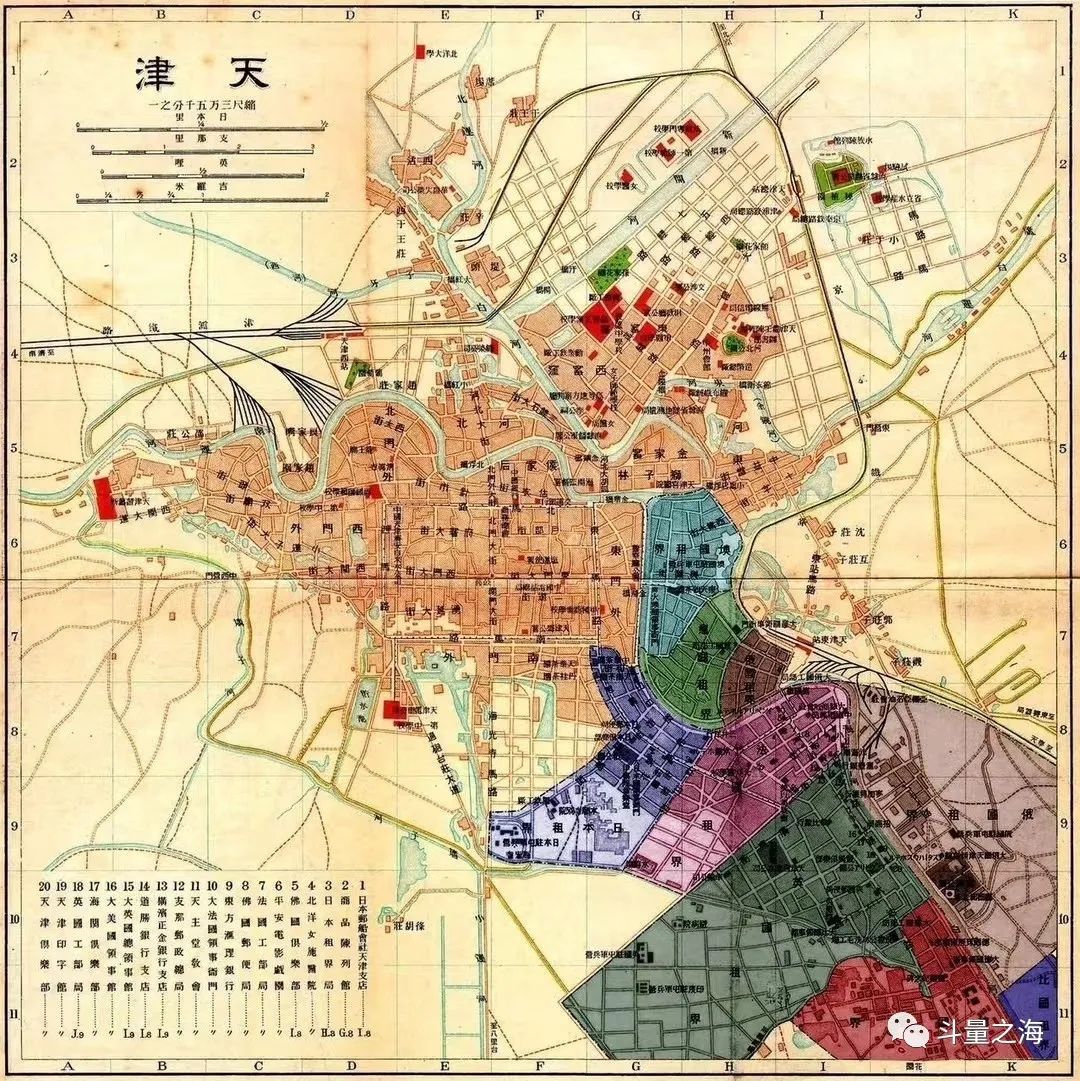
Tianjin can be roughly divided into the Chinese border and the Western border. A tourist route is roughly formed from west to east and then to the southeast. First go through the Chinese border and then the Western border.
The city walls of Tianjin's old city were demolished after the Gengzi War between the Qing Dynasty and the Eight-Power Allied Forces. Now, some place names can still outline the location at that time. The northwest corner where the Hui people gather is the northwest point of the old city of Tianjin. The southwest and southeast corners of the corresponding subway stations form the scope of the city. The Drum Tower is the center of the city. Going east to the Ancient Culture Street where Tianhou Temple is located is outside the northeast city. This area It's the Chinese world, and it mainly focuses on Tianjin's local history and culture.
My first stop was Lu Zutang, which is the only well-preserved Boxer altar. More than a hundred years ago, the Boxers fought fiercely with the multinational coalition forces in Tianjin. This was the headquarters at that time and the legendary red light. The female armed organization that took care of Lin Heier, the Virgin Mary of Huanglian, was also stationed nearby. After the defeat, Lin Heier was executed. It is said that the remains were made into specimens and sent to Europe for exhibition.
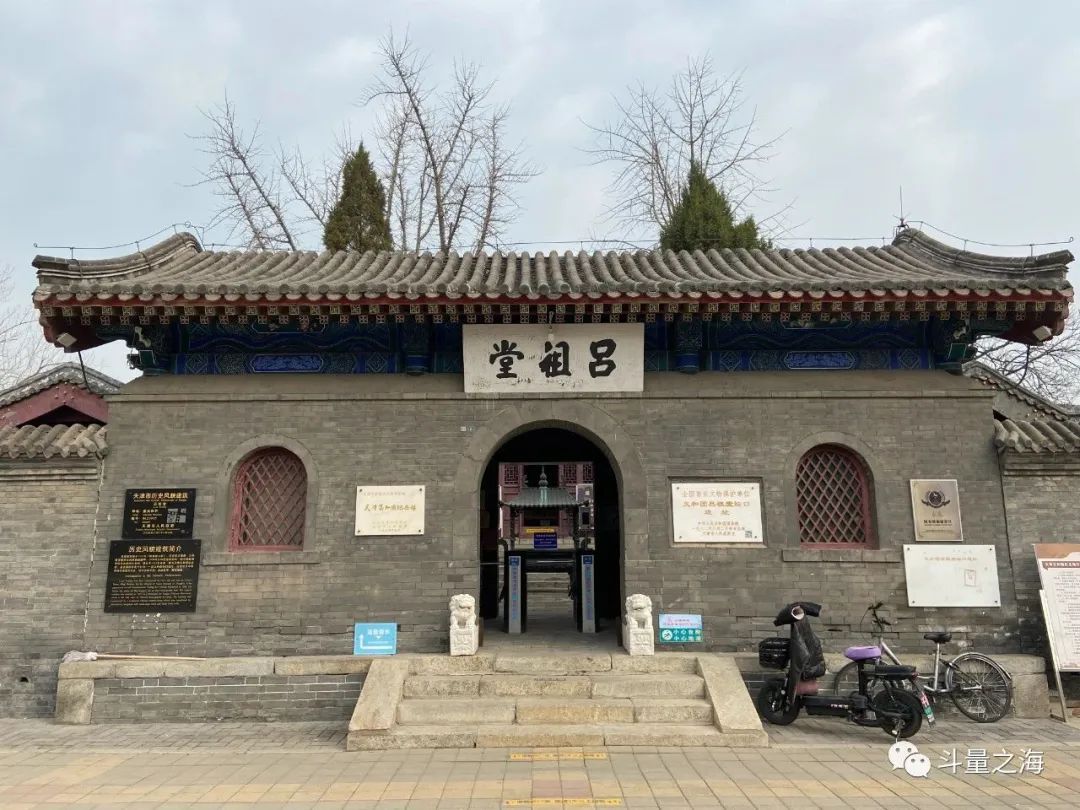
The confrontation between the Boxers made the colonists aware of the strong uncooperative attitude of the Chinese people. They gave up establishing colonial rule personally and could only support the Qing government as an agent. Empress Dowager Cixi showed superb political skills by first driving the Boxers to attack foreigners. , used radical national sentiments to intimidate Western countries, and then suppressed the Boxers to show that they were the only opponents who could negotiate, and the people were fooled again.
Walk east from Luzu Temple to the northwest entrance and you will arrive at the Muslim settlement area. Since the advent of Xiaohongshu, making travel plans has become a very simple thing. Various "nanny-level" guides are equivalent to being a tour guide to take you there. However, the result is that many people's travel plans are highly similar, and everyone is stuck together. , I had a profound experience of this at a bunch of breakfast stalls at the South Mosque in the northwest corner. A large number of tourists with suitcases were lined up in front of several stores, waiting to buy breakfast at almost 11 o'clock.
My suggestions are: one is not to force yourself to accept the taste preferences of local people, and the other is that the old restaurants opened near the community are pretty much the same. Outsiders can’t tell the obvious difference in the food, so you don’t have to stick to one restaurant. This will help To enhance the travel experience. People's taste preferences are generally divided into categories. For people like me who usually don't like carbohydrates and sweets, I am naturally not very interested in the breakfast here, but I must try the meat.
Tianjin’s food is extremely developed, especially halal restaurants, but I have always disliked time-honored restaurants that are too famous and have long queues during my travels. A friend recommended me a small restaurant that looked very inconspicuous but tasted amazing. This restaurant is called Hongqi, and it’s right next to the South Mosque. I ordered white-baked pork slices and Bazhen tofu. White-baked pork is also called milk-baked. White sauce is often used in Western food, but I haven’t really tried it in Chinese food. , rich milky aroma, but a bit greasy after eating too much. It goes well with Bazhen Tofu. Although it is called tofu, it is mainly meat and seafood.
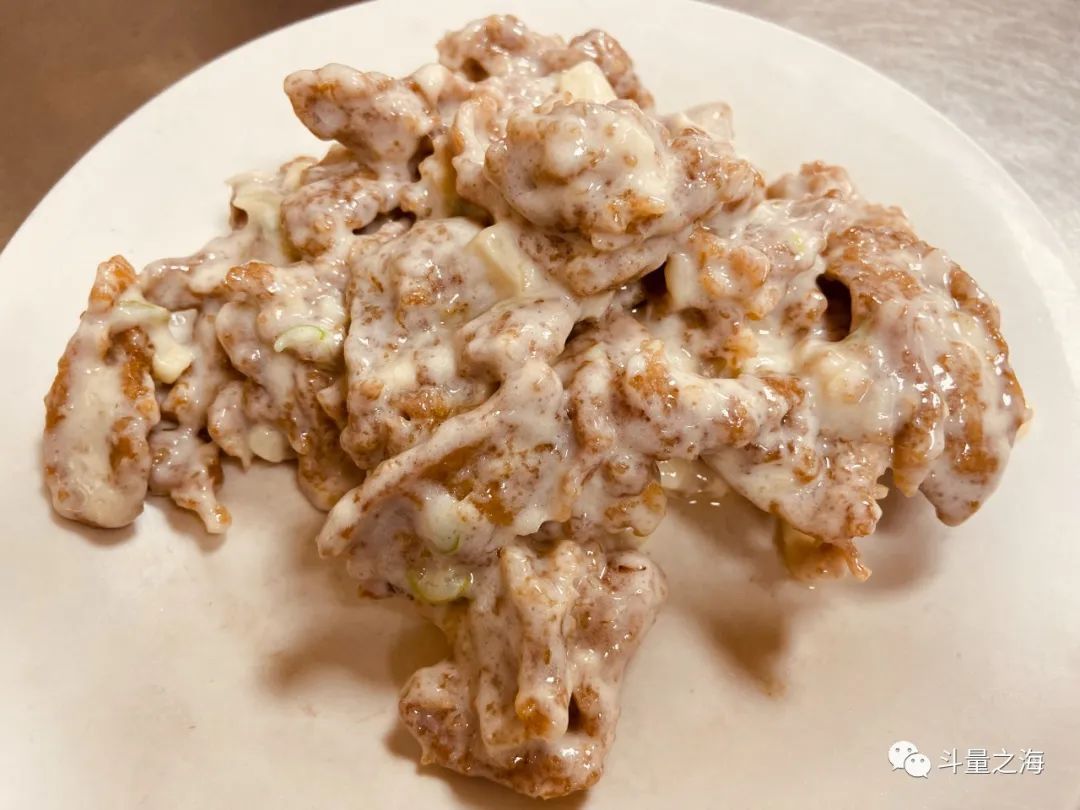
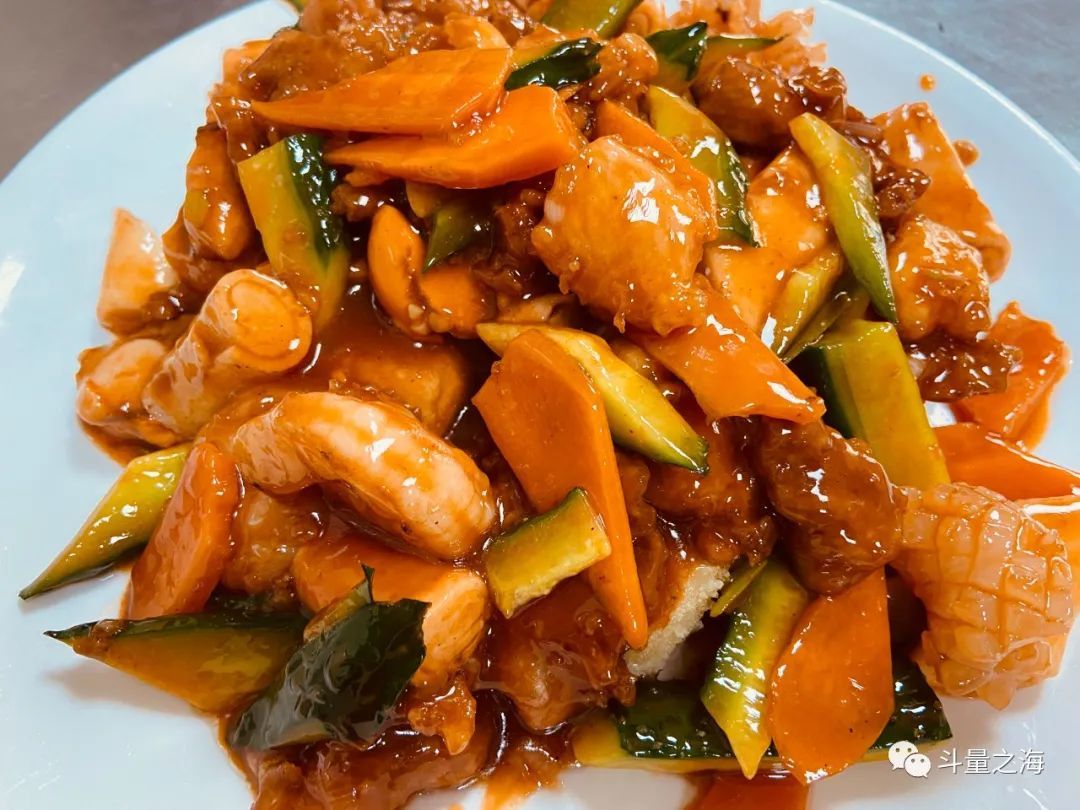
Going east from the altar of Luzu Hall and passing through the South Canal, there is a statue of Zhu Di, the founder of the Ming Dynasty, which is the origin of the name Tianjin "Tianzi Jindu". There is also a parking lot for Our Lady of Huanglian with only a sign left by the river. Ancient Culture Street is purely a tourist attraction, but you can visit Tianhou Temple to learn about Tianjin's shipping beliefs. There is a Taiwanese Mazu Hall in Tianhou Temple, which was brought from Taiwan during the restoration of Tianhou Temple in the 1980s.


Cross the river from Ancient Culture Street to Wanghailou Catholic Church. Wanghailou Church was built by France after the Second Opium War. It is a building that witnesses modern ethnic conflicts. In 1870, the "Tianjin Religious Incident" occurred, and people besieged and burned Wanghailou Church. , later rebuilt, destroyed again during the Boxer Rebellion in 1900, and then rebuilt again.

Starting from Wanghailou Church and walking south, the two sides of the Haihe River are the ocean boundary, and we have reached the modern history part. There are at most nine concessions in this area, including the United Kingdom, France, the United States, Germany, Italy, Japan, the Austro-Hungarian Empire, Russia, and Belgium. Among them, the four countries with deep architectural imprints are Britain, France, Japan, and Italy. You can visit the concessions in order.
Across the river from Ancient Culture Street is the Austro-Hungarian concession. There are not many remaining buildings in the Austro-Hungarian concession, including the Austro-Hungarian Consulate and the former residences of Yuan Shikai and Feng Guozhang. Business in the Austro-Hungarian concession was once very prosperous. Some Beiyang bosses purchased real estate in the concession. However, the concession did not last long. In World War I, the Republic of China joined the Allied Powers and declared war on Austria and took back the concession. After the war, the Austro-Hungarian Empire After the disintegration of Czechoslovakia, it became independent and immediately sent a diplomatic mission to Harbin, which is the Eagle Tower that I visited in Harbin before.


To the south of the Austro-Hungarian Concession is the famous Italian Style Street, which corresponds to the Italian Concession. The old buildings in this area are well preserved and there are many celebrities' houses, such as Cao Yu's former residence, Liang Qichao Memorial Hall, etc. It is just a leisurely stroll. The Italian Barracks here The old site and Sacred Heart Church are considered idle and abandoned buildings, you can go and see them.
What's interesting is that there is a square here with a sculpture in the middle. I walked past it and thought to myself, it must not be Marco Polo. There are already too many Marco Polo statues. It turns out that Tianjin is indeed a city of literature and art. , people established Dante.
The Italian concession existed for a long time until Tianjin, under Japanese control, took back the concession after Italy surrendered to the Allies at the end of World War II. Italy was very careful in running the concessions and left behind a large number of exquisite buildings, which had a great influence on Tianjin's urban construction culture.
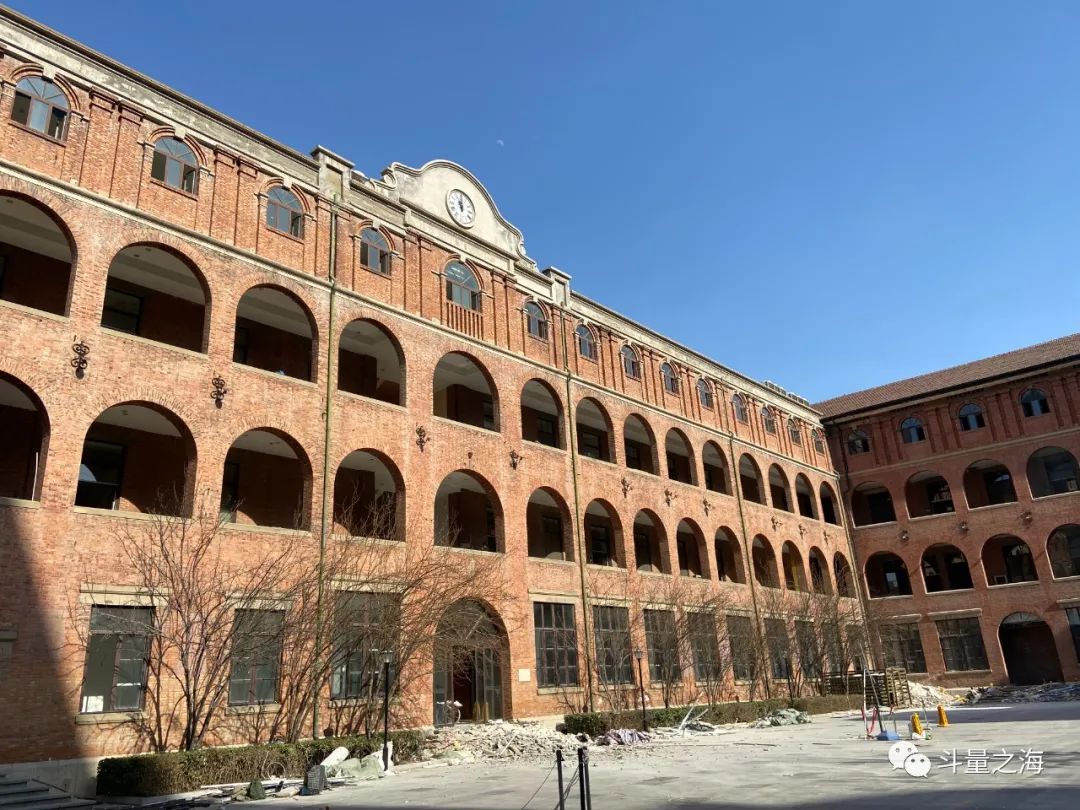
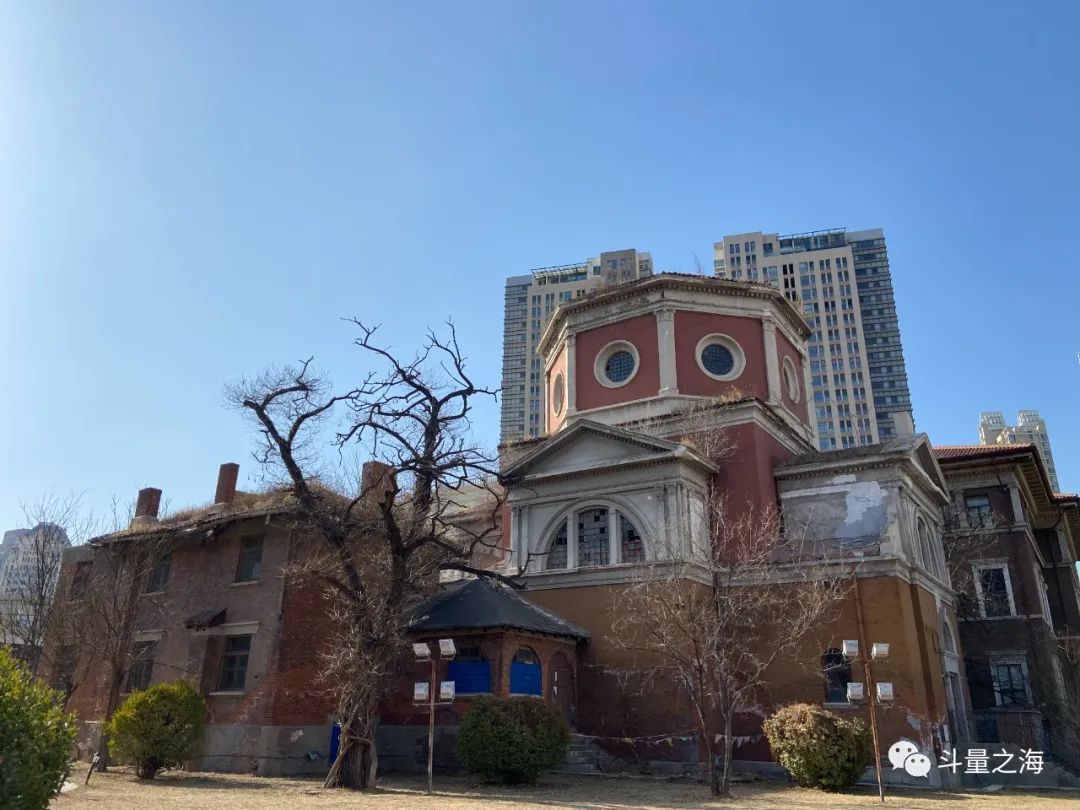
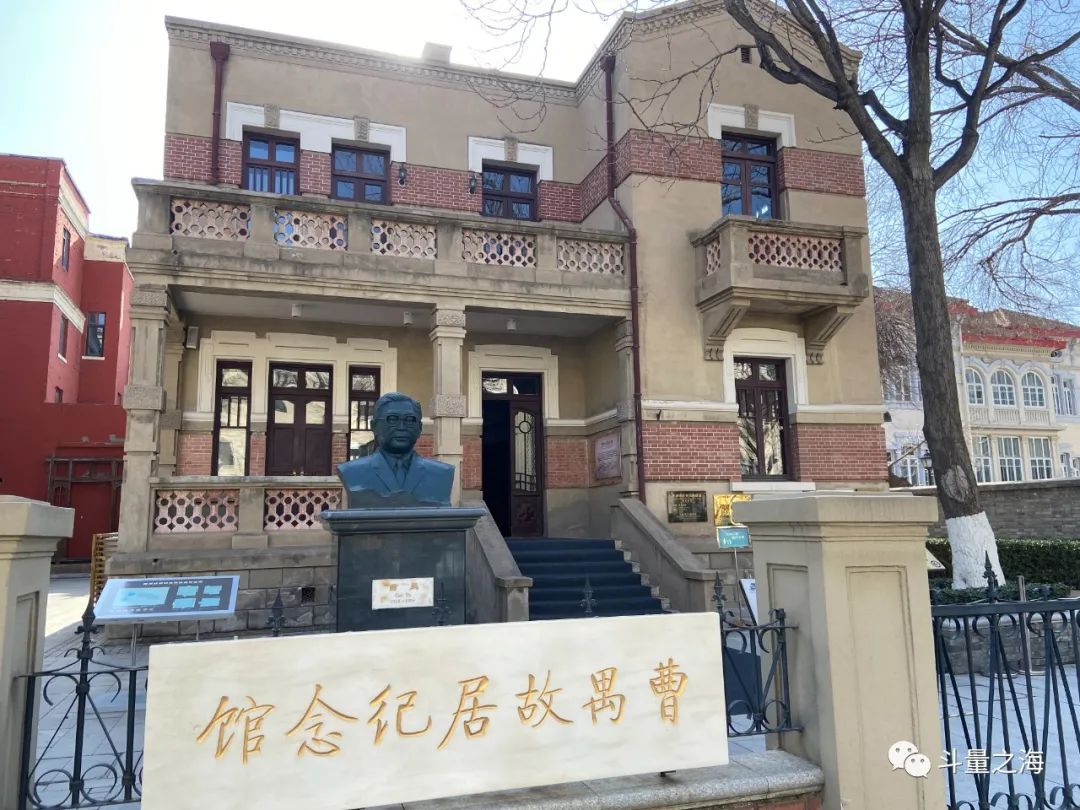
Across the river from the Italian Concession is the Japanese Concession. The most common in the Japanese Concession are exquisite alleys, suitable for strolling slowly. There are many former residences of celebrities, such as Duan Qirui, Yan Xishan, etc. The Jingyuan where Puyi lived is also in the Japanese Concession. This You can also visit the Shenyang Road Antique Market nearby.
Northeastern people still have a special feeling when they come to Jingyuan. What happened here determined a long period of Northeast history. Puyi abdicated the throne at the age of 6, and was kicked out of the palace at the age of 18 and came to Tianjin. Tianjin was the place where his political thinking matured. Puyi only lived in Jingyuan for two years, but it witnessed a major turning point in his life, and he made up his mind to restore the dynasty here.
In 1931, the hottest gossip news in Tianjin was the divorce of Princess Wenxiu and Puyi. In the same year, the September 18th Incident broke out. At the end of the year, Puyi secretly left Jingyuan and took a boat to Port Arthur to start ruling Manchukuo. Three years later, he ascended the throne and became Emperor Kant.

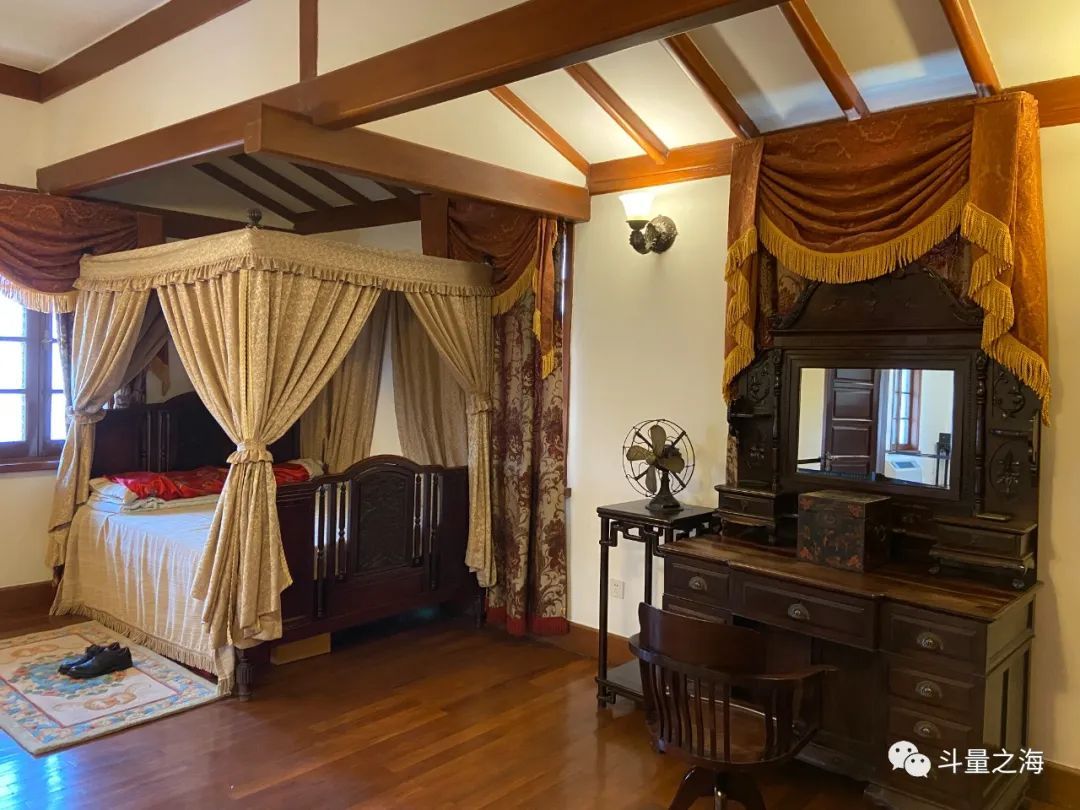

There is also a relatively large old building in the Japanese Concession. Next to the Anshan Road subway station, it was the former Japanese Butokuden, which was where the Japanese invaders trained in martial arts. I also saw one in Peony Park in Changchun before.
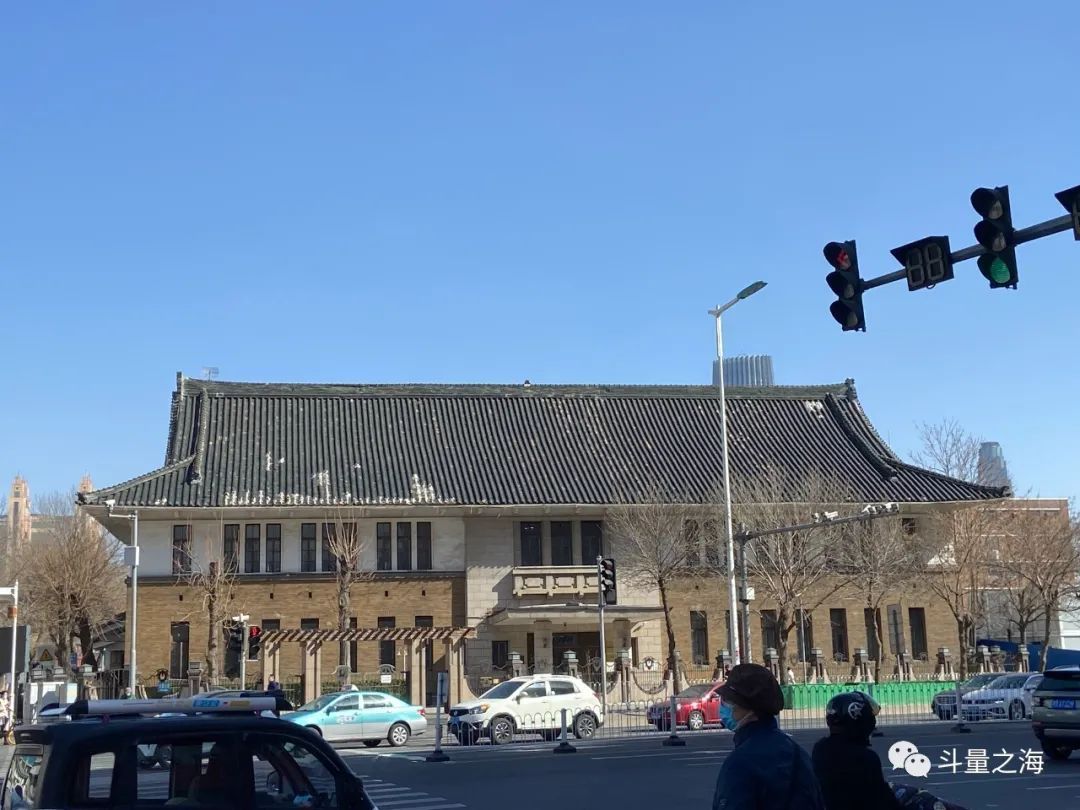

To the east of the Japanese Concession is the French Concession. The hotel I stayed in this time is the former site of St. Louis Mission Middle School, where Ying Ruocheng went to school. It is the closest place in the French Concession to the Japanese Concession. The street next to the hotel is Zhang Ailing's former residence, and diagonally across from Zhang Ailing's former residence is Zhang Xueliang's former residence. Having a cup of coffee at Ailing's former residence, I asked the clerk if your boss was a relative of Zhang Ailing? The clerk said no, he just had money to buy it.


There are many little Easter eggs in this area. For example, not far from where I live is the Central Park, also called French Park. In the park there is a statue of an equestrian figure. He is the patriotic general Ji Hongchang, and his home is behind it. In 1934, Ji Hongchang established the Chinese People's Anti-Fascist Alliance at home. At the end of the year, he was arrested after being assassinated and injured in the concession, and was later executed by Chiang Kai-shek.

During World War II, the French Vichy government returned the concession to Tianjin under the instruction of Japan. From the French Concession, you can walk along Jiefang North Road to the British Concession, which is basically the administrative and financial institutions of the time. Starting from the Baifu Building by the river, along the way there are the French Ministry of Industry, the French Public Council, the French Barracks, Zizhulin Church, Credit Agricole Bank, the Bank of Korea, the United States Navy Club, the Sino-Russian Daosheng Bank, Taikoo & Co., and so on.
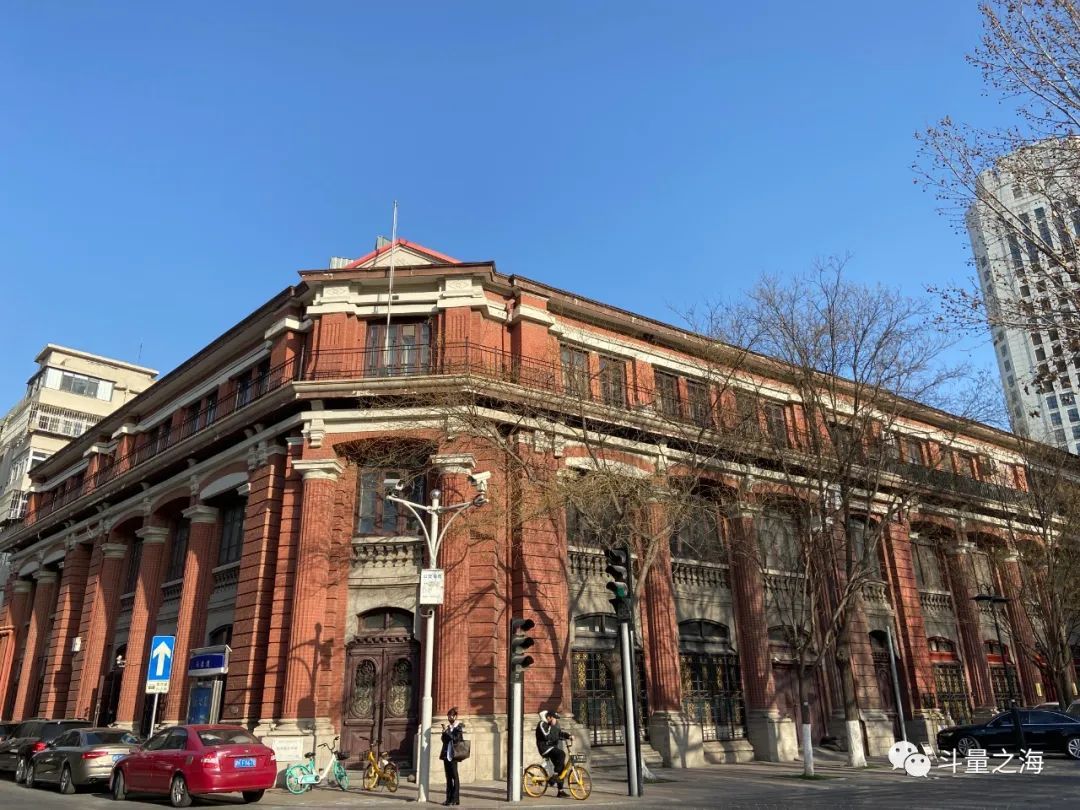

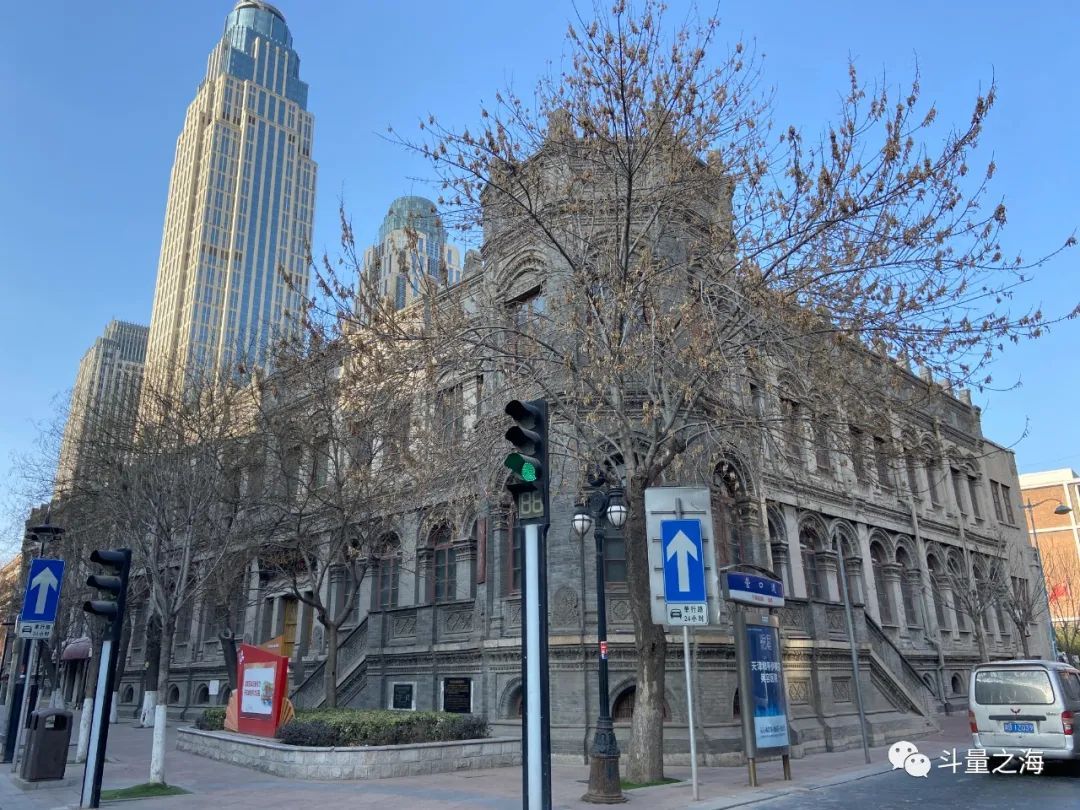
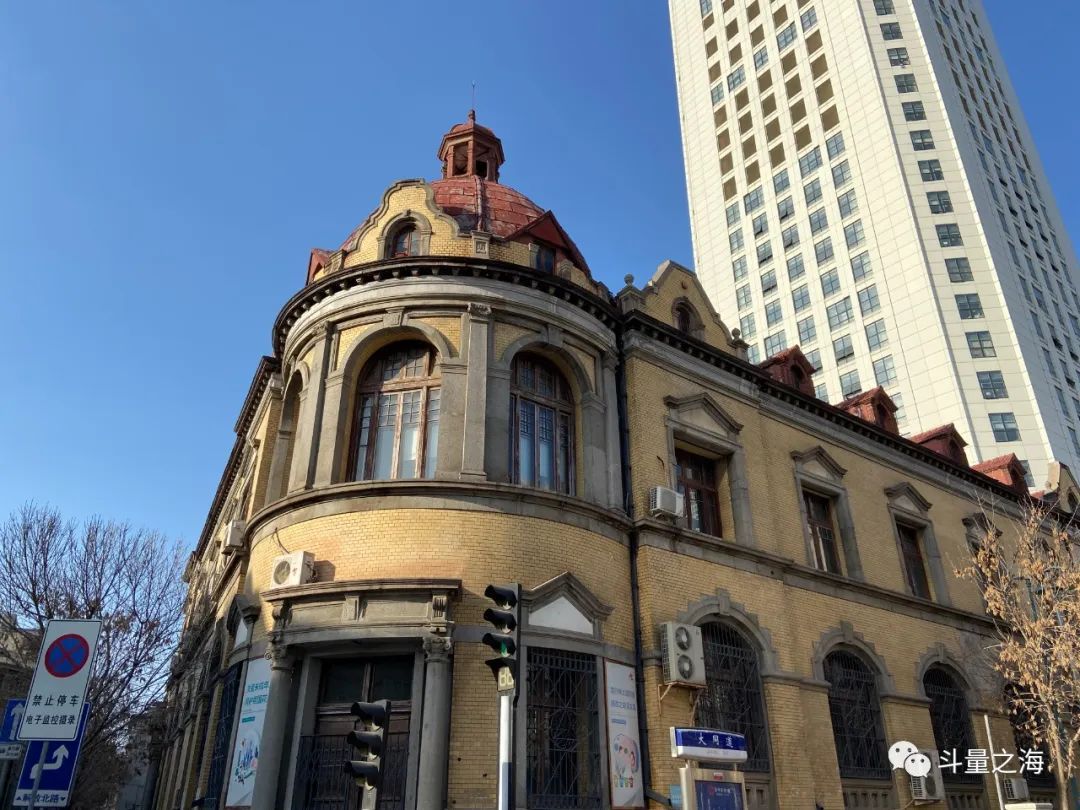
Gordon Hall used to be the most representative building in this area, but it has been demolished. Now all that remains are the annexes of the time, but the Ritz-Carlton Hotel next to it is a famous place for Internet celebrities to check in. Opposite the British Consul's Residence, there is an Anglican Church, which has now been transformed into an art space and cafe. You can go to have a cup of coffee, but the main building of the church is not usually open.
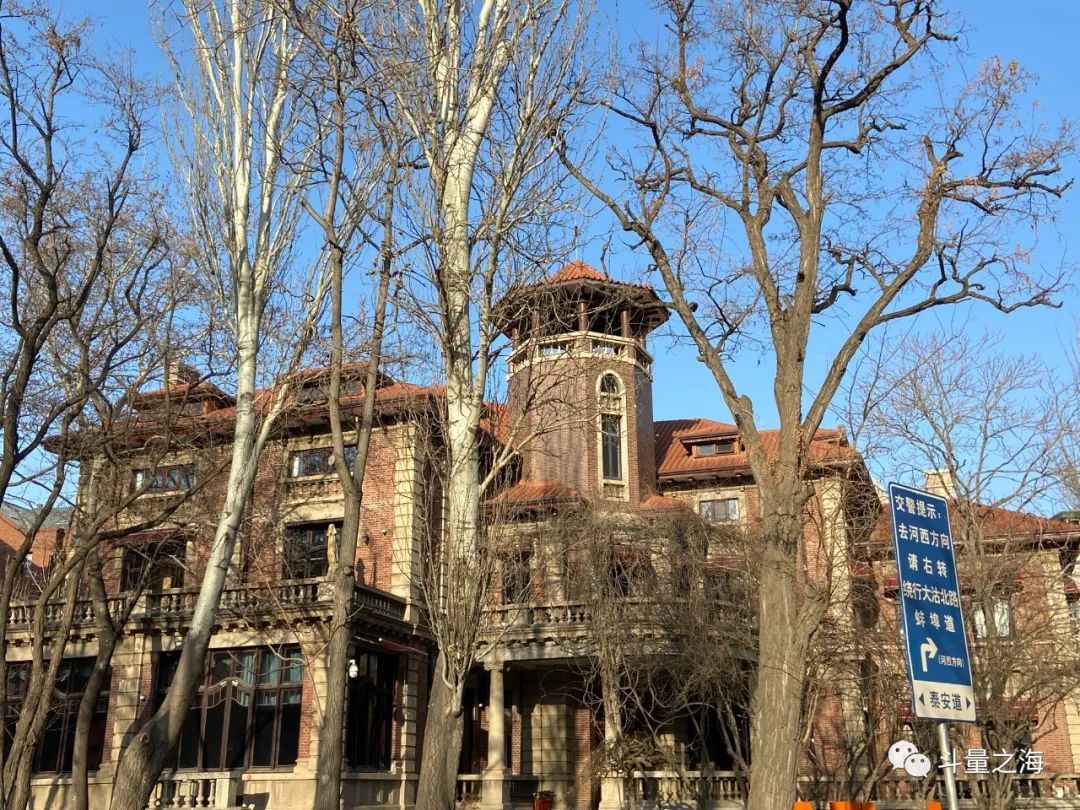
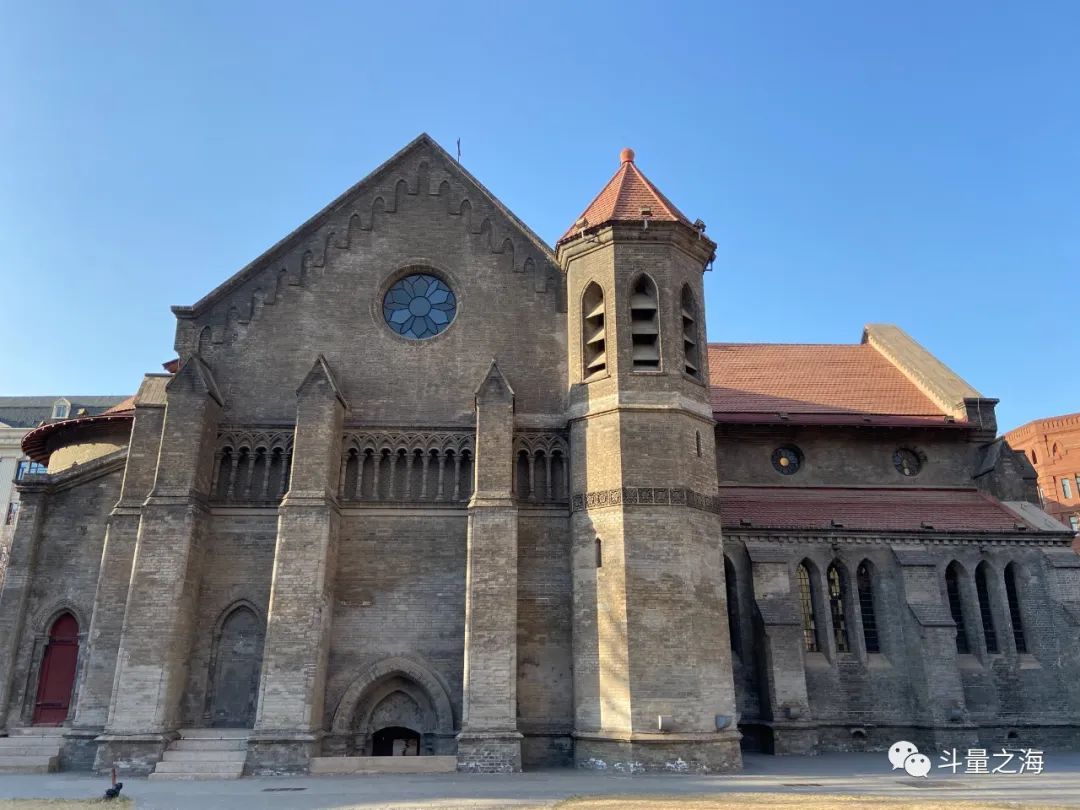
If you walk southwest from the Ministry of Industry and Commerce Bureau, you will reach the Xikai Catholic Church, which is now open to visit.

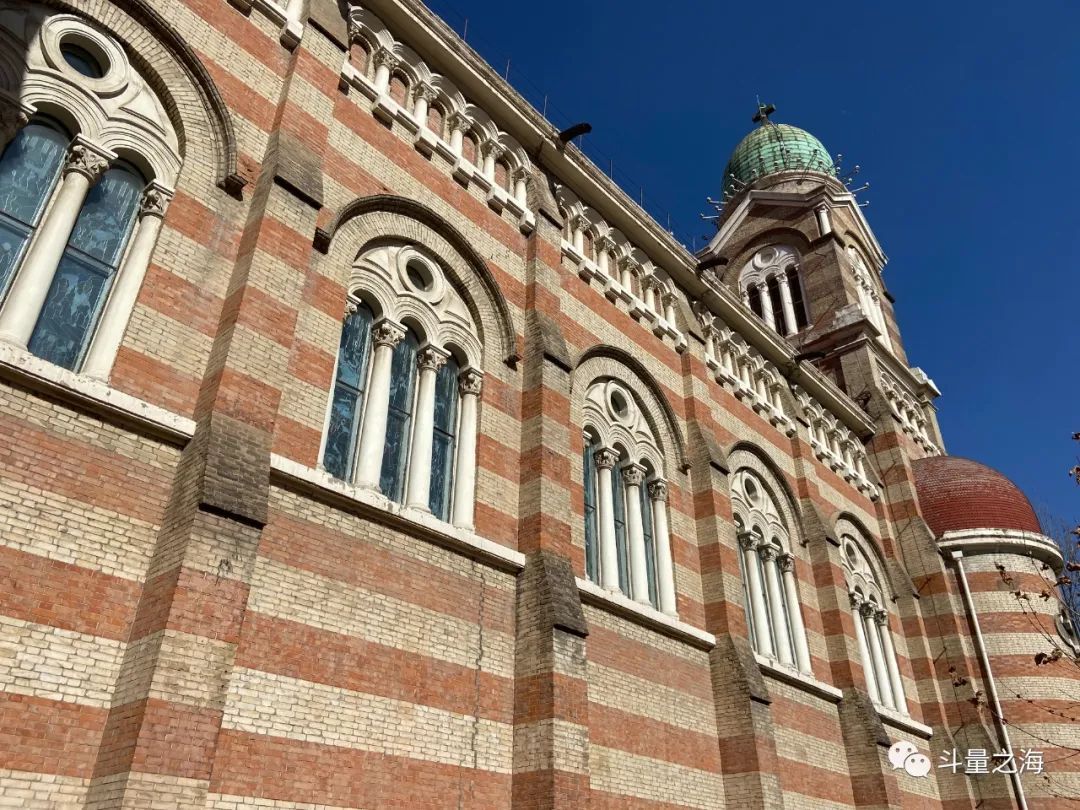
There is also a famous tourist attraction, the Porcelain House, in the French Concession. The special thing about this attraction is that all travel bloggers do not recommend buying tickets to enter, and just look outside.
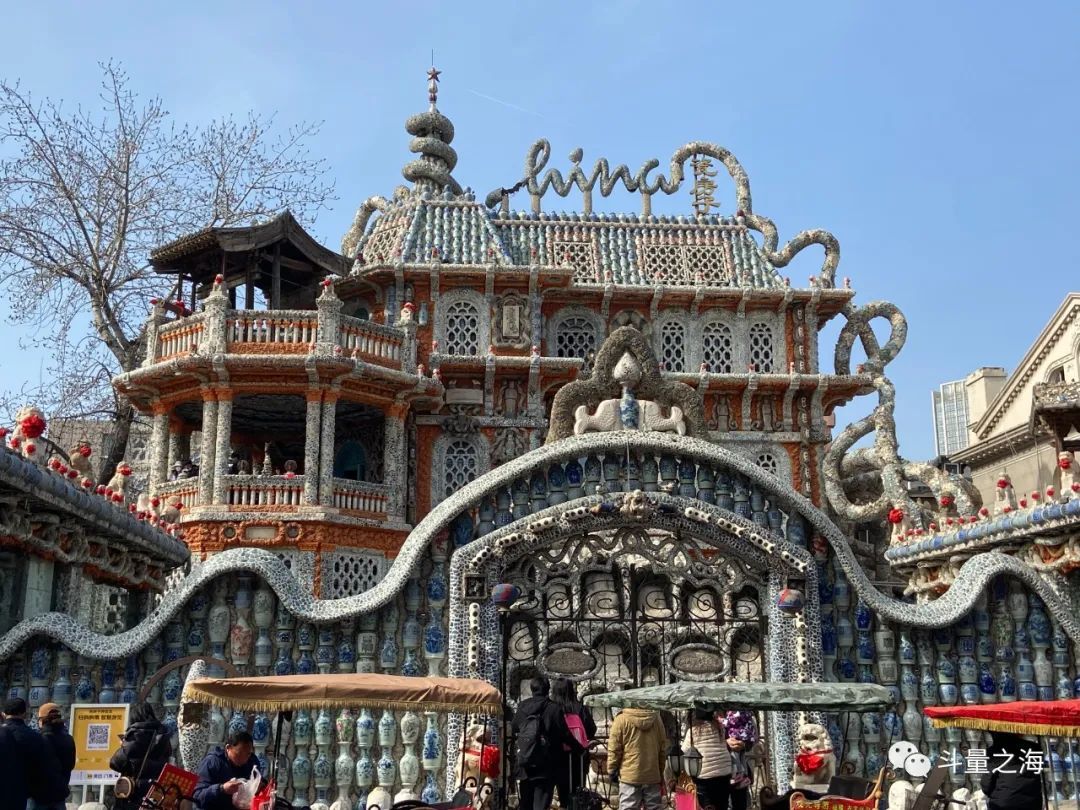
Continuing to the southeast of the French Concession is the British Concession. To the south of the British Concession is the American Concession. The United States did not want the concession at first, but later it was directly merged into the British Concession. To the south of this area is the famous Five Avenues Scenic Area, which is the British and American Concession. Around the racecourse, there are many former residences of celebrities, and there are also many cafes and bars where you can hang out.
Starting from Xiaobailou, there is a synagogue after exiting the subway station, which is now a restaurant. Opposite is Qishulin, but neither of them is the real "Xiaobailou". The real building has long been demolished.

Passing by the former Consulate of Manchukuo in Tianjin, I wonder if His Majesty Emperor Kant knew that next door to the consulate was the house of Sun Dianying, the Dongling robber who once dug up his ancestral tombs. Sun Dianying sold the stolen goods here after he robbed the tombs of Qianlong and Cixi.
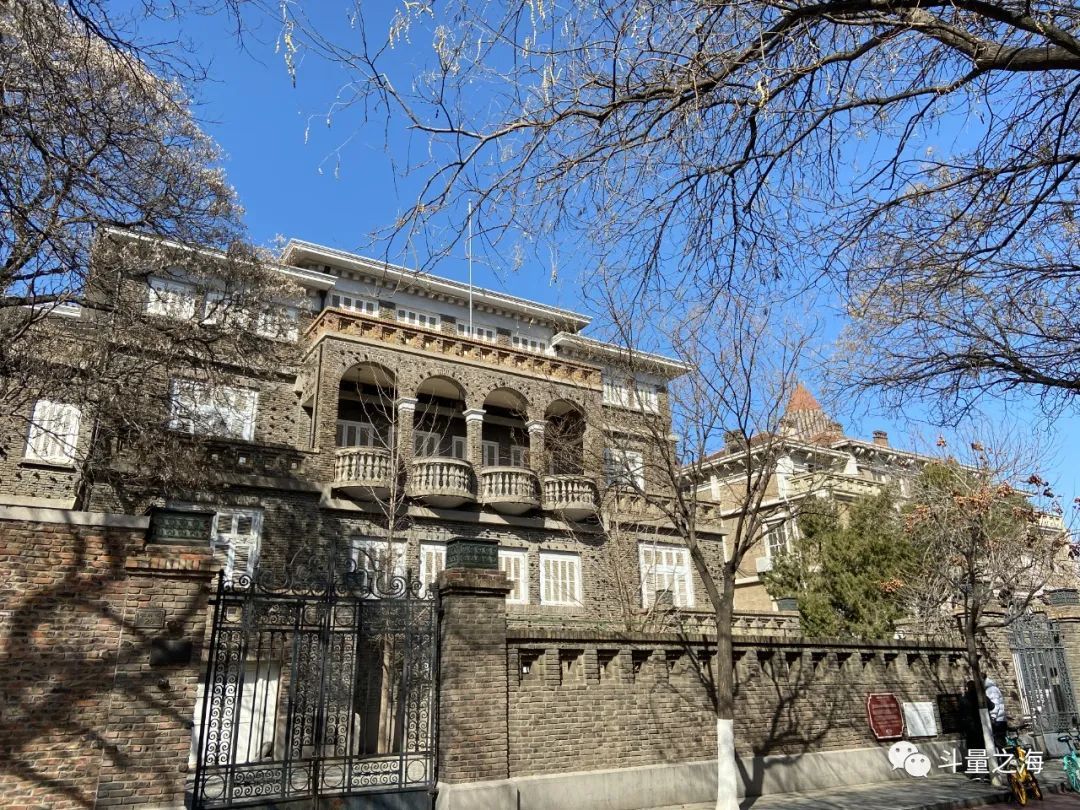
It is estimated that many tourists confuse Gedalou with Porcelain House, so there is a notice here to explain. Gedalou is the former residence of Peking Opera master Ma Lianliang. Mr. Ma was a Hui from Beijing, but famous actors in Beijing at that time often sang famously in Tianjin. Mr. Ma became famous on this racecourse road. In 1941, he bought it as a residence for performances in Tianjin. place.
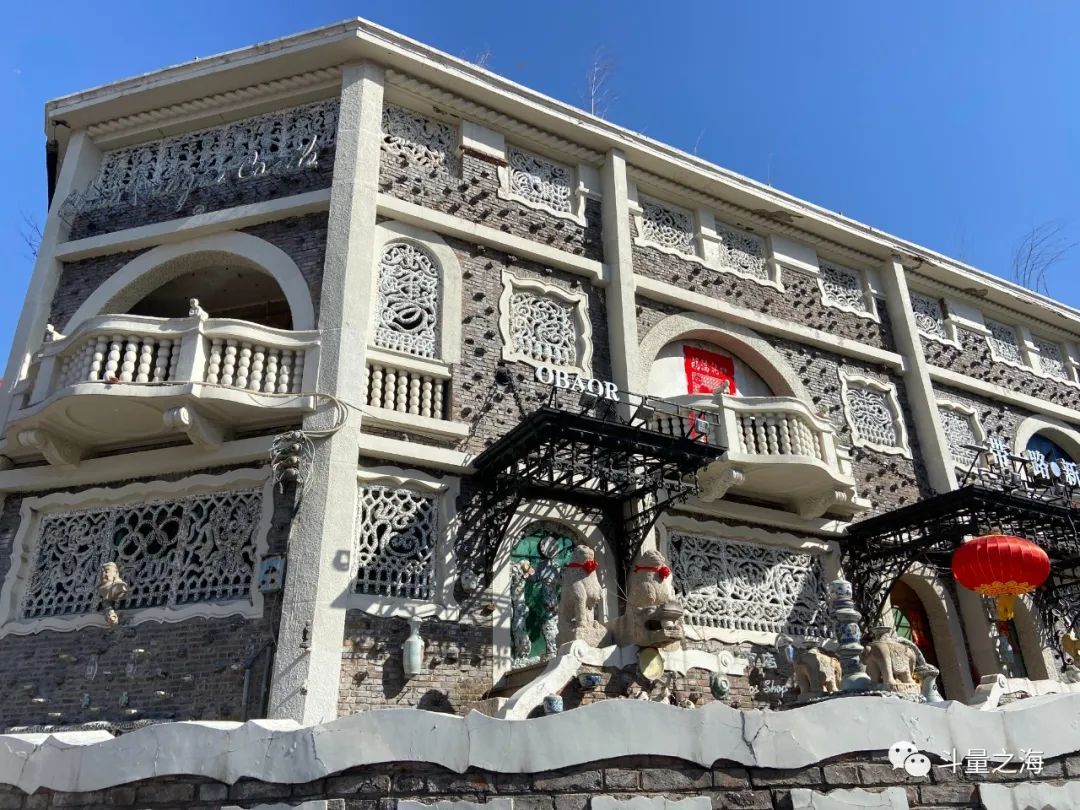
Beyond Racecourse Road and further south is the German Concession, which did not last long. It was taken back after Germany's defeat in World War I. There are not many buildings left, except for a few military attache apartments, which are occupied by residents.
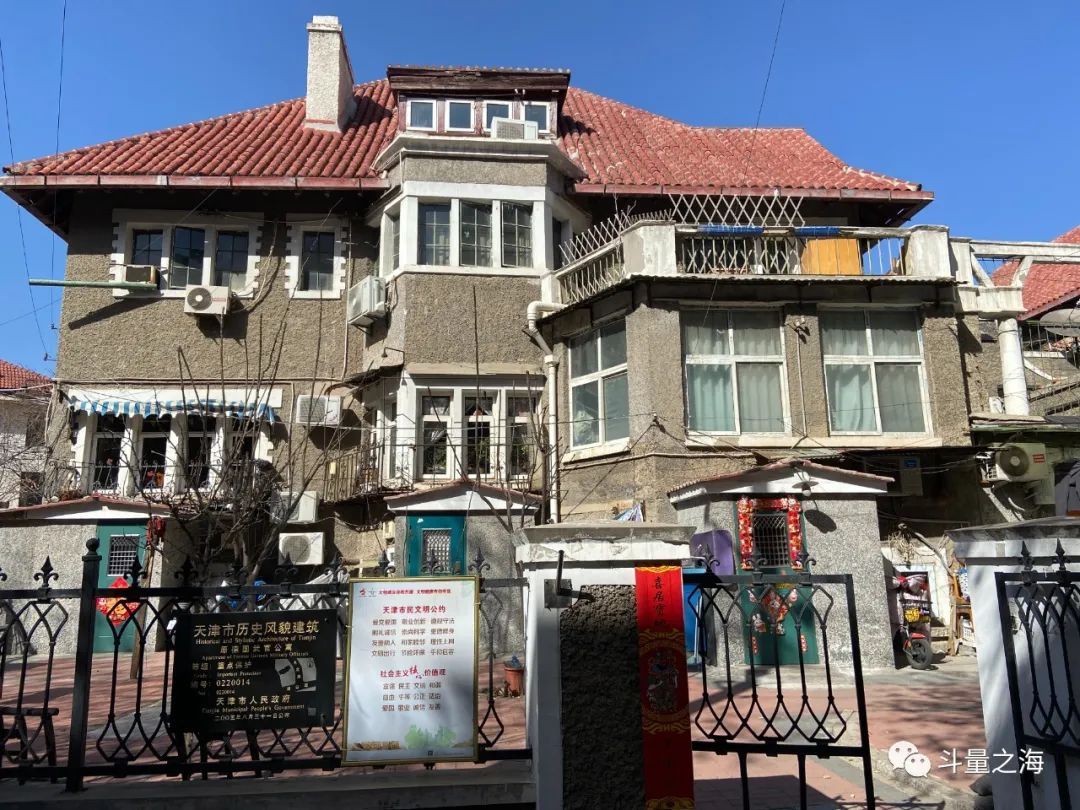
There are also Russian Concession and Belgian Concession east of this river. Russia spent the most in the military campaign against the Boxers. After that, it occupied a large area of land as a concession, but there was little construction. It was returned after the Russian Revolution. Several Orthodox churches were later demolished, and only one consulate remained. The Belgian concession was small and poorly managed, and was voluntarily abandoned in the 1930s.
Wudaodao recommends Sanqiu Bookstore to check out. There is an electronic music bar called Yuanbao near Yingkou Road that is very good, but it is only open on April, May and Saturday. As a restaurant, I recommend Yuquan Restaurant. Their legendary restored lost dish of diced fish is out of stock this time, but the chicken minced scallops and braised pork strips are really good, and you can pay ten yuan without a receipt. It’s been a long time since I’ve enjoyed this kind of humanistic care for idle workers in non-reimbursed units.
Tianjin’s historical buildings are so rich that they may be the best-preserved examples in the north. Even if you just take a quick look at them, it will take you several days to see them all. When you go here, you must find someone who is extremely knowledgeable about Tianjin’s history to accompany you (he It would be nice to have keys to the gates of buildings that are not open).
Of course, playing with such rich content is also very tiring. Every time I make travel plans, I look forward to receiving a gift in the future. Someone will take me on a trip. I don’t have to read a word from the time I leave home. I don’t even need to know the history and culture. It’s like a suitcase that allows me to go wherever I want, order and eat whatever I want. I don’t even have to decide whether I want the coffee to be hot or iced. I’ve been looking forward to being a pure fool for once. travel.
It would be better to stay in Tianjin.
Like my work?
Don't forget to support or like, so I know you are with me..

铁锈与孤岛

多数人愿意跟随时代,甚至期待自己能引领时代,但总要有人负责落后于时代,成为人群中最无趣的那个人,郁郁寡欢地跟在时代后面捡拾被碾过的碎片。有的人就是永远都高兴不起来,总会在狂欢中嗅出苦难的味道,在歌舞升平里挖掘那些希望被永远遗忘的过往,那些令一小部分人感觉尴尬,同时令大部分人感觉扫兴的记忆。
Comment…